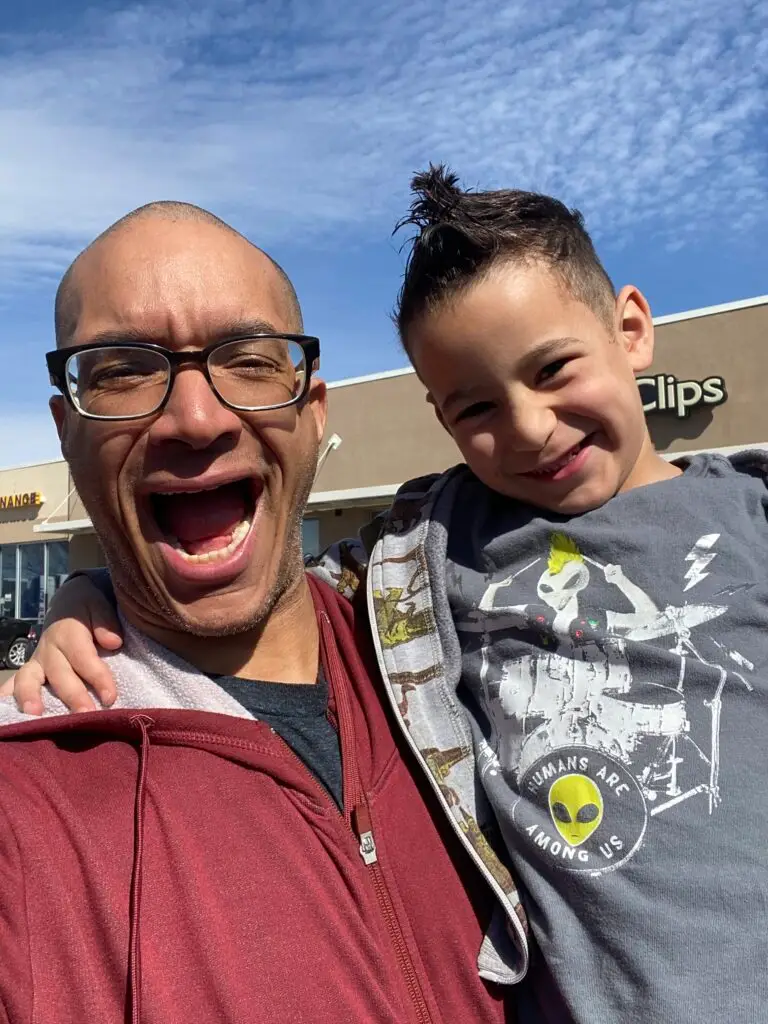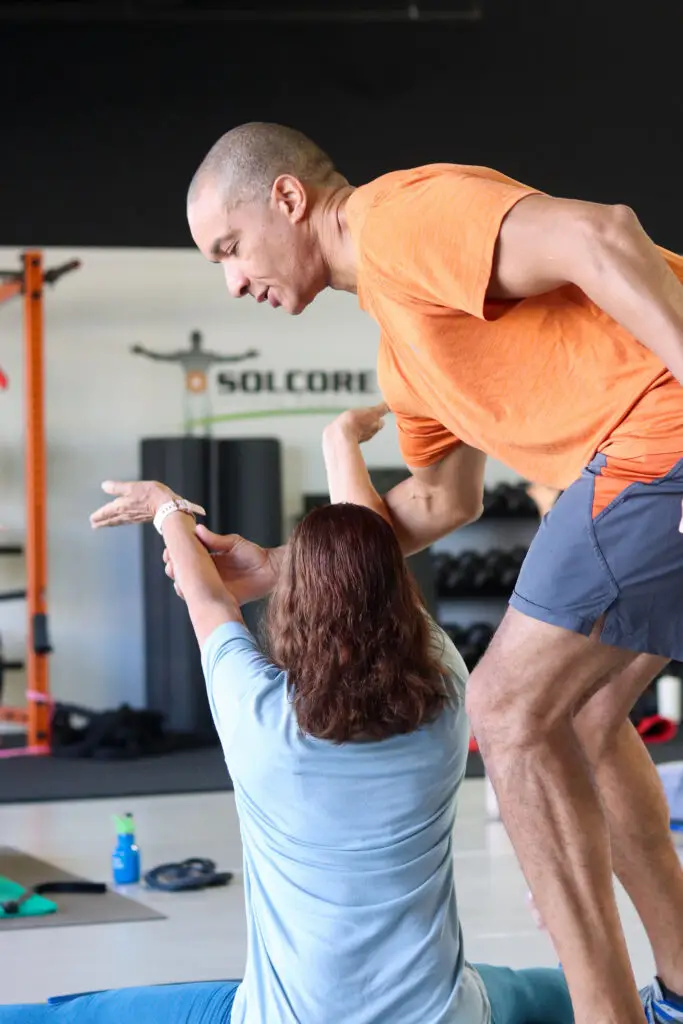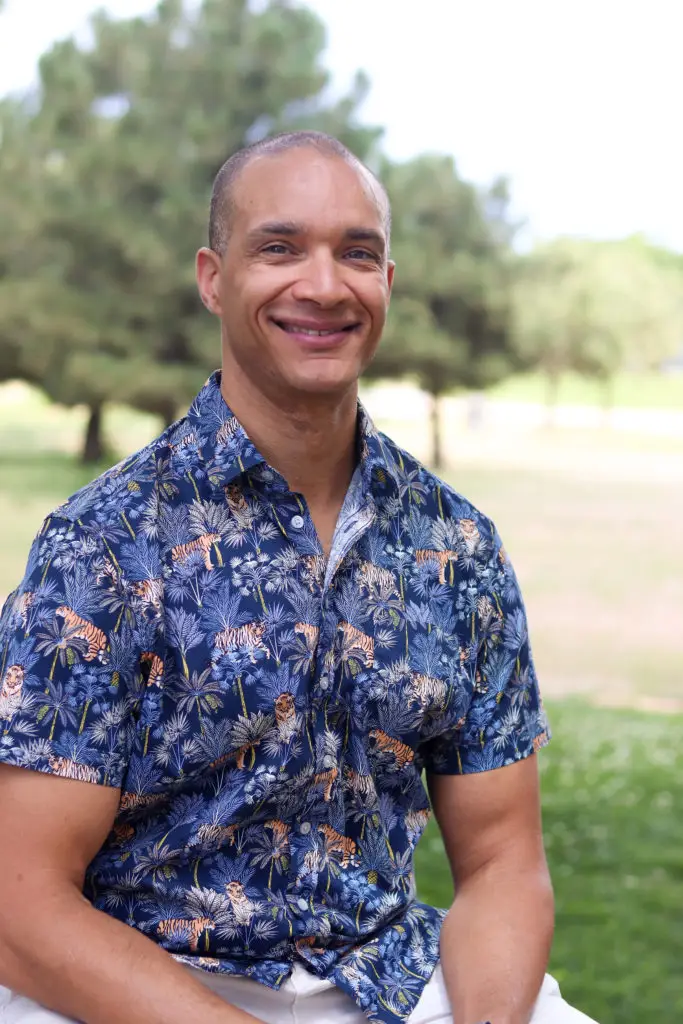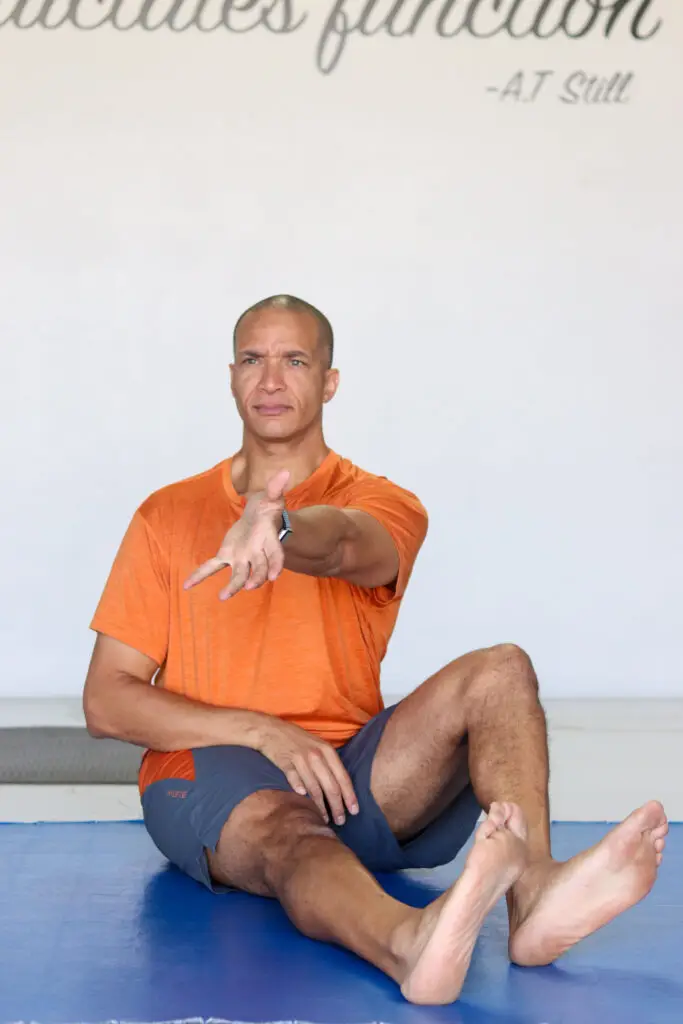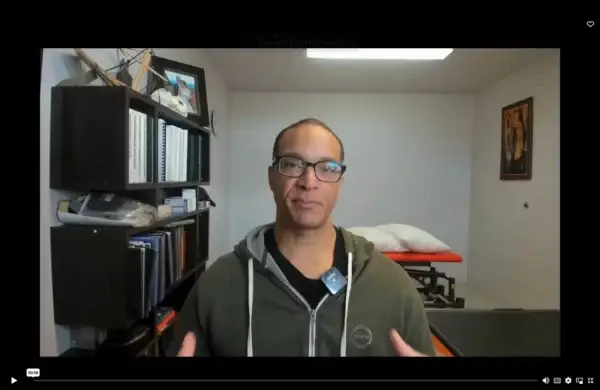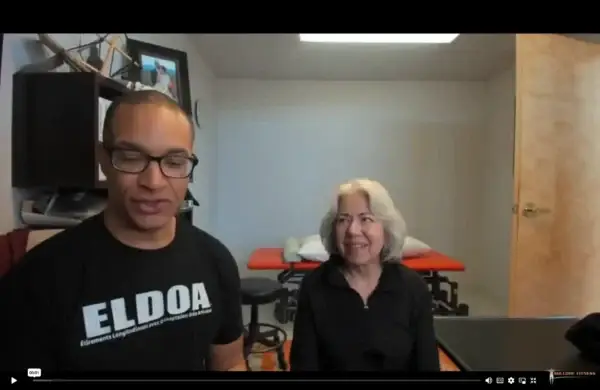
At SolCore Fitness Therapy, we know that the best transformations are built on science, support, and a customized approach. Joanne Brown’s journey is a testament to what happens when the right method, the right environment, and the right mindset come together.
Joanne’s Struggle: Stiffness, Pain, and “Stuck” in the System
Joanne arrived at SolCore on a typical New Mexican afternoon—tired, frustrated, and skeptical. She’d spent years drifting through exercise fads and well-meaning advice: swimming for fitness (helpful, but not enough weight-bearing load), daily walks (nice, but didn’t fix stiffness), and even prescription therapies that offered only fleeting relief. The frustrations compounded:
- Chronic mid-back “pulls” that never quite resolved
- Restless sleep, low energy, and a growing fear that her 60s meant giving up on movement joy
- A sense that her own body was a puzzle, unsolved by “standard” approaches
Finding the Holistic Difference at SolCore
A friend recommended SolCore’s unique approach. On day one, Joanne noticed a difference: the group classes weren’t “bootcamp torture”—they were supportive, slow, and deeply educational. Led by Ekemba, she learned about the science of fascia, myofascial stretching, posture alignment, and real corrective exercise (not “one size fits all” templates).
Assessment and the Blueprint
Rather than jumping into random workouts, Joanne received a thorough movement screening—analyzing posture, joint function, and movement patterning. The result? A clear blueprint for her program:
- Address mid-back and shoulder mobility
- Integrate fascial stretching to relieve tension “chains”
- Focus on strength from the inside out (core, posture, breath)
The Journey: Small Wins and Transformative Shifts
Over the next six months:
- Myofascial stretching improved her daily movement and loosened mid-back tightness
- Holistic classes (always capped at 15 people for direct attention) boosted her confidence
- Personalized homework connected the dots on why her “bad days” came and went
Joanne’s favorite insight? “I learned my body isn’t broken—it was just missing the right stimulus and support.”
The Results: More Than Just Pain Relief
- Freedom from daily mid-back pain (“I just didn’t feel quite right—now that’s just gone!”)
- Greater mobility in her upper body and balance on walks
- Deeper, more restorative sleep (“For the first time in years, I wake up refreshed!”)
- Stronger connections to the group: community, encouragement, and accountability
Clients like Joanne consistently remark that SolCore’s group setting gives both expert feedback and camaraderie—never competition or pressure.
Why Holistic, Fascia-Focused Training Works
- Integration over Isolation: Muscles don’t work alone; the group teaches you how chains move together.
- Manual Therapy Meets Movement: Hands-on corrections prime the body, while classes reinforce efficient patterns.
- Ongoing Education: Each session explains the “why” behind every stretch or drill—empowering clients to carry lessons into daily life.
Advice for Newcomers: Joanne’s Insights
- “Don’t be nervous—you don’t need to be ‘fit’ to join.”
- “Expect to learn. The more you understand about your body, the more you respect the process.”
- “Progress isn’t always linear—some weeks you’ll leap, some you’ll simply stay the course. Trust the journey.”
Next Steps for Readers
If you’re skeptical about group exercise, tired of cookie-cutter routines, or worried your body’s “too far gone,” Joanne’s story proves that a science-based, holistic approach can rewrite your future.
Curious how you might benefit? Check out [The Ultimate Guide For A Holistic Exercises And Fitness Program] to learn the philosophy behind our approach—and see how we help clients of all ages build lasting change.
It’s not just working out, it’s building a foundation for a better life.
Find out more @

